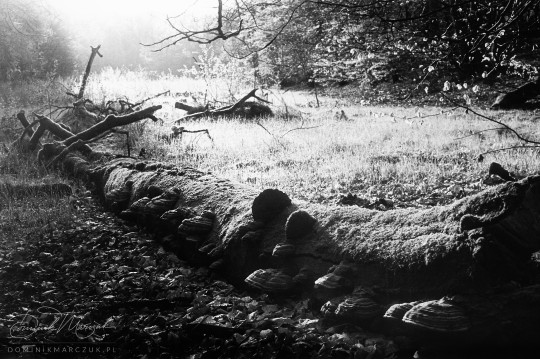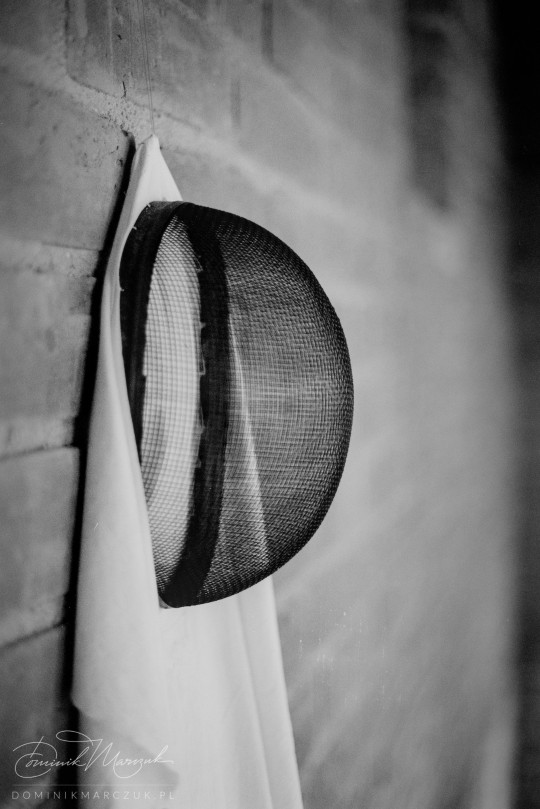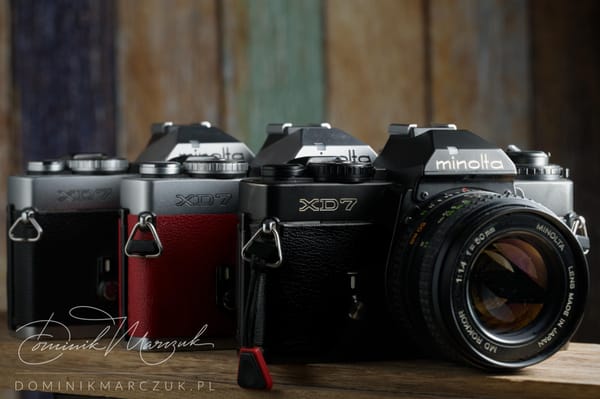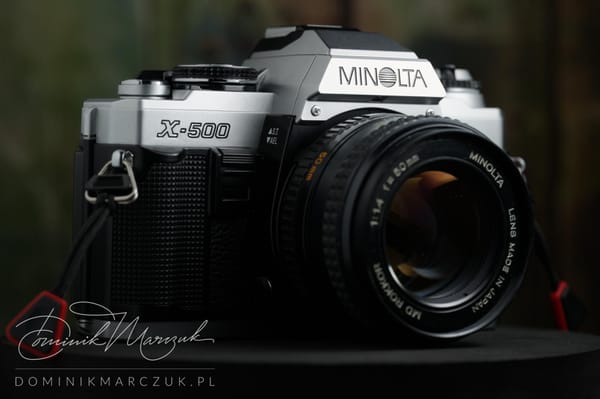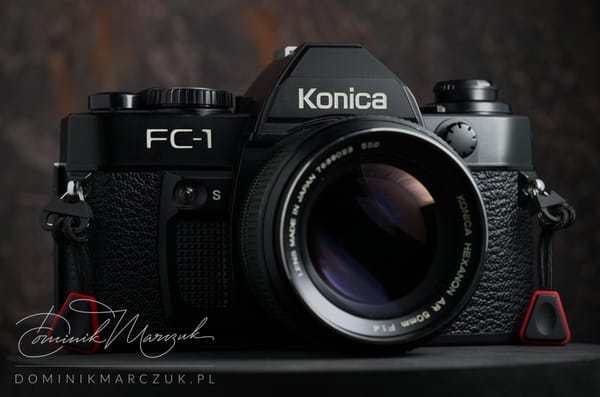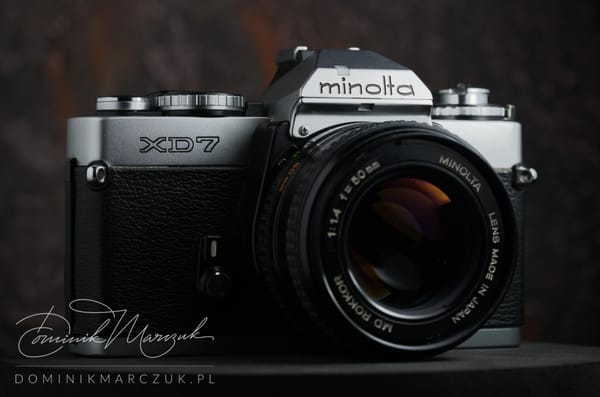Pentax MX
The Pentax MX is my third attempt at finding the perfect 35 mm PK mount camera. Is it the final one?
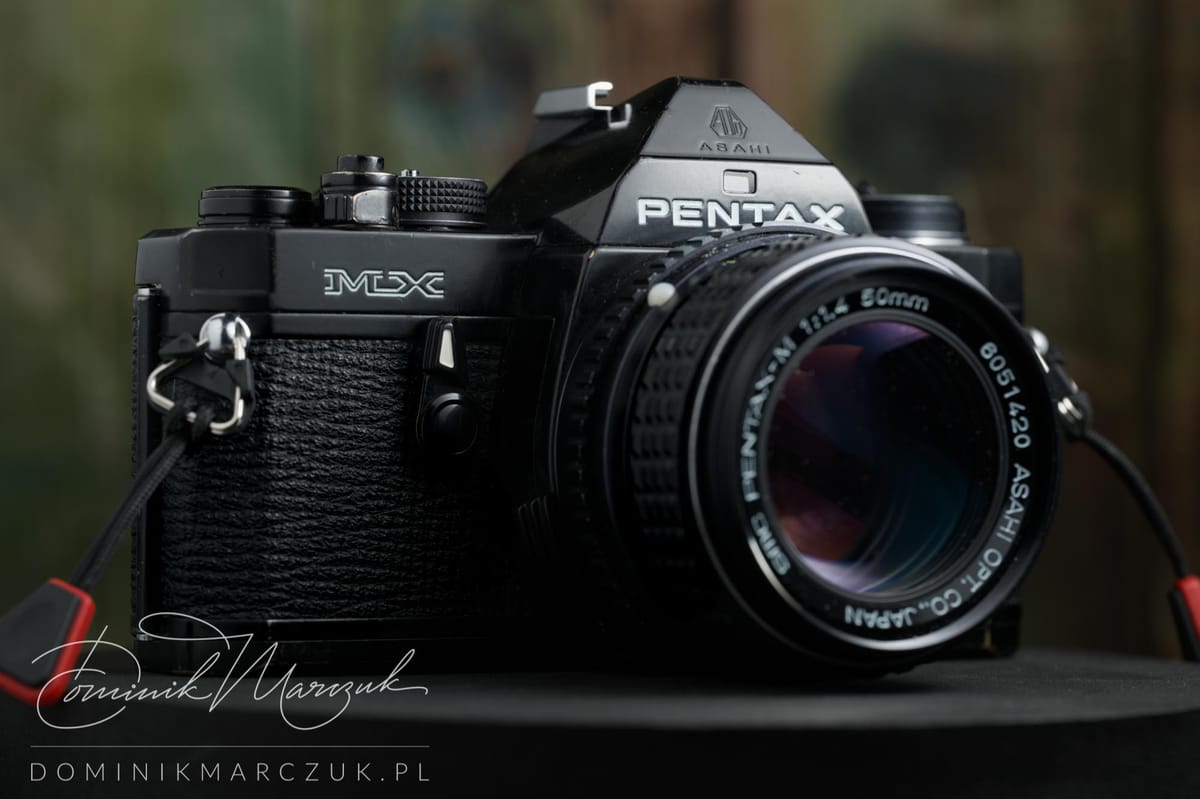
In the past, I’ve tried two other Pentax 35 mm cameras. The Pentax P30N (along with its younger sibling, the P30T) was the first one. It’s an entry-level offering, but capable of delivering great results as long as shooting at box speed (or ISO 100 in case of a missing DX code) was desired. The Super Program came very close to becoming my camera of choice. The only thing that ruined the impression was my unit’s minor flaw: the light meter was always turned on instead of reacting to the shutter button half-press. This annoyed me to the point of putting the otherwise perfect camera for sale.
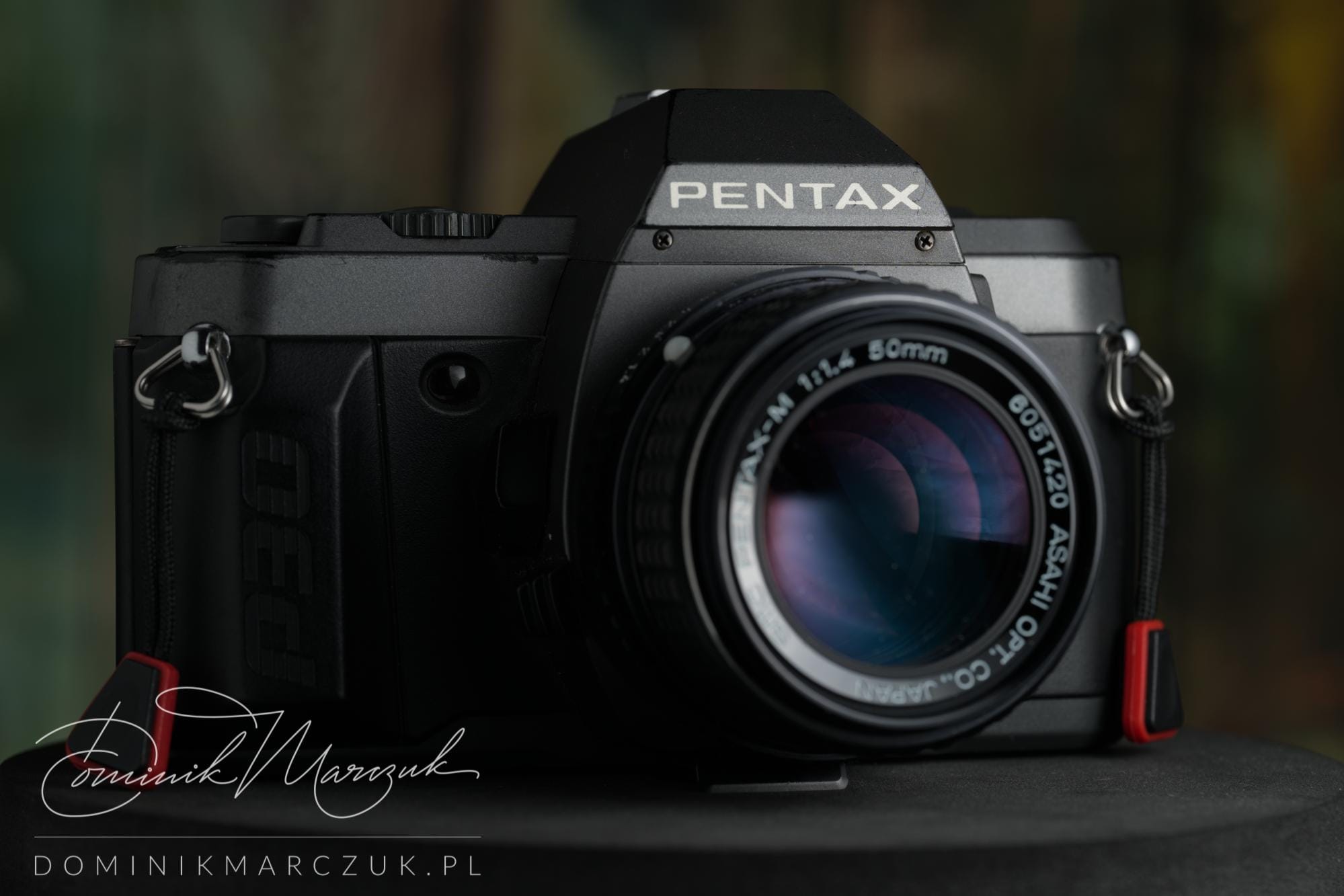
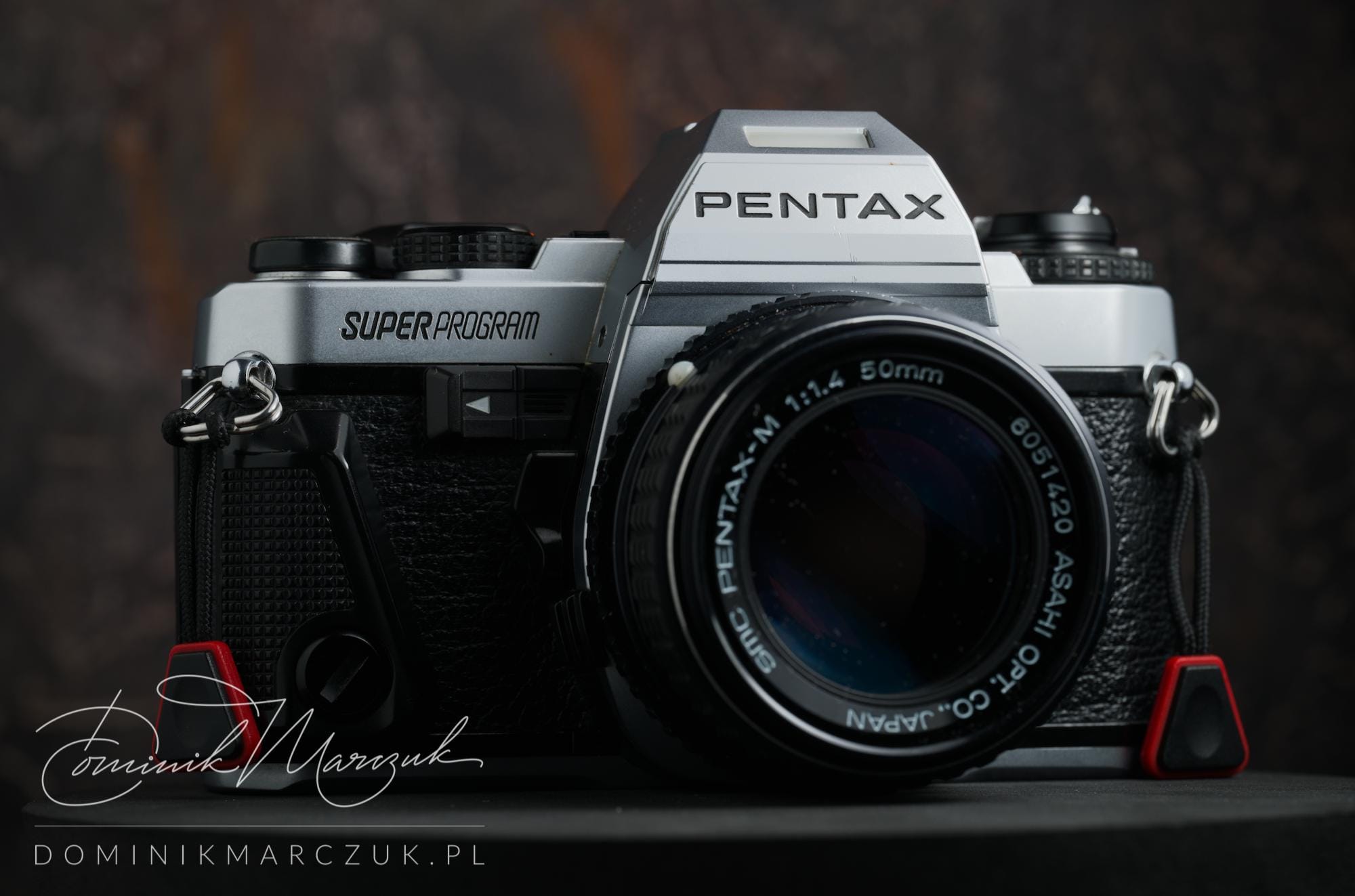
For a while, I was researching alternatives. I even thought about venturing into Cosina, Chinon or Ricoh cameras to get the one PK body to rule them all. At the same time, I was eyeing two flagship Pentax models with a mix of admiration and uncertainty: the MX and the LX.
I eventually discarded the LX due to two factors: its price and the difficulty of repair. The reviews I’ve read online praised the working LX as state-of-the-art professional camera bodies, with a wide range of shutter speeds, a reliable shutter and a rugged weather-sealed body. However, for every laudation of the LX, I found a complaint. Some components aren’t as durable as others, and they are tricky to repair. Some technicians allegedly outright refuse to service these cameras. Combined with a considerable initial investment, this was the ultimate deterrent for me.
The earlier model, the MX, while still being Pentax’s flagship upon its release in 1976, is the more primitive of the two. The lack of any electronics (excluding the light meter) means it requires a mechanical adjustment of the shutter times from time to time. The horizontal-travelling rubberised silk shutter seems less durable. Its flash sync speed of 1/60th second is unremarkable at best. Still, it’s easier to service, and it goes for a less inflated price on the used market.
After a lot of research, deliberation and plain pickiness, I found what seemed like a promising offer: a black Pentax MX, bundled with an SMC Pentax-M 1:1.4 50 mm lens in great condition, for a significantly lower price than other similar cameras. The only issue, as described by the seller, was a somewhat deep dent in the top cover. I considered the offer, negotiated a small discount and finally bought it.
Specs
The specifications of the 1976 camera aren’t staggering. Here’s the (very incomplete) list of what I find important:
- Exceptionally small body (the smallest 35 mm SLR ever produced, if the Internet is to be believed)
- PK mount with no electrical contacts (PKA lenses work fine though, as should some of the early AF lenses)
- Hot shoe (modern Nikon flashes work with it), PC ports for electronic and bulb flashes
- 25-1600 ISO range with no exposure compensation
- 1-1/1000 second shutter speed range, plus B, with a fairly unremarkable 1/60 second flash sync
- Gallium arsenide photodiode (GPD) light meter, centre-weighted, with a sensitivity of EV 1-19 at ISO 100
- Magic needles film loading mechanism
- Mechanical self-timer, with the lever doubling as depth-of-field preview
- Full in-viewfinder information: light meter LEDs, current shutter speed (on a mechanically rotating transparent mask), current aperture (Judas window preview of the lens aperture ring)
- Split-prism with microdiaprism patch focusing aid (default, but others were available)
- Interchangeable focusing screens
- 97% magnification viewfinder covering 95% of the image
- A shutter button lock prevents accidental light meter activation
The Story
Upon arrival, the camera looked solid. There were two dents in the top plate: a bigger one near the film winding lever and a smaller one on the pentaprism housing. Neither looked too terrible. The light meter worked and showed plausible readings. All basic functions were fine. I decided to test the MX with film without a prior CLA.
The issues became apparent as soon as I loaded film into the camera. The winding lever was really hard to move. It worked, but required more force than I’d normally expect. This wasn’t something that made the camera unusable, but it bothered me. After developing the first film roll, I also noticed that the negative was on the thin side. Not severely underexposed, but a little thinner than I’d like. With these issues in mind, I took the camera to the repair shop for a proper CLA.
The winding lever operation was not stale grease, as I’d suspected, but the dent in the top plate. The technician straightened the metal out for me. They also performed the CLA I’d asked for, which included adjusting the light meter readout. The next film roll yielded a negative that was a bit denser than I was used to, but a slight overexposure was something I was completely OK with.
The camera has served me well for quite some time now. At the time of writing this post, I have shot a total of 11 rolls of film using the Pentax MX, and I’ve loved each one.
Shooting Experience
I’ll start with what didn’t thrill me.
The moment I held the MX in my hands, I immediately thought the camera was absolutely minute. I may not have the largest hands in the world, but they're big enough for me to prefer cameras with substantial grips. The MX has none, similar to most, if not all, cameras of the same era. Luckily, I usually carry it attached to a tripod.
The viewfinder is decently large, but dim. I don't have issues focusing, but in less-than-stellar lighting conditions (e.g. in the middle of a dense forest), obtaining focus is more time-consuming than it should be, especially with wide-angle lenses.
The shutter speed dial requires two fingers to operate. It's quite stiff, and turning it with a single finger is just not feasible. To pinch it between my index and thumb, I need to make sure the film wind lever is pulled out. It's a bit of a nuisance, really.
However, there are positives that make the MX pleasant to use.
Let's start with the light meter. Half-pressing the shutter button engages the light measurement. If the film wind lever is pulled out, the light meter stays on. On the other hand, if it's not, then the light meter turns off as soon as I let go of the button. It's a neat solution.
I can shoot without taking the camera away from my eye. The aperture and shutter speed are both displayed in the viewfinder. The light meter is a little unusual in that it doesn't show the calculated speed, but rather indicates over- or underexposure, given the currently selected shutter speed. This is done using five LEDs: the central green one means the exposure is spot on, the orange LEDs on either side indicate I'm half a step off. The red ones mean I'm one or more stops over or under. It's readable, and after a little getting used to, intuitive.
But most importantly, there's the incredible camera operation. It's fantastically dampened. The sound is silent and delicate, perhaps except for slower shutter speeds, when there's a clockwork whiz. The mirror lifts almost inaudibly, and the silent clack of the shutter gives an impression of effortlessness. When hand-held, the camera appears to have zero shake. I haven't noticed any blurriness in the photographs, regardless of the shutter speed.
Finally, something is reassuring in using a fully mechanical camera that requires no batteries to take photos. I have used the MX while travelling and when hiking, out in the field, in woodlands and in urban environments. Handheld and from a tripod. I've always had the comforting feel of using a reliable piece of gear that won't fail me, no matter what. I gradually fell in love with the MX, and I feel it's the last 35 mm Pentax I'll ever need.
Photos on Social Media
As usual, a disclaimer: the photos don’t reflect the quality of the camera. It’s the lens and the film that register the image, so take these example images as a fun extra, not an illustration of the capabilities of the Pentax MX.
